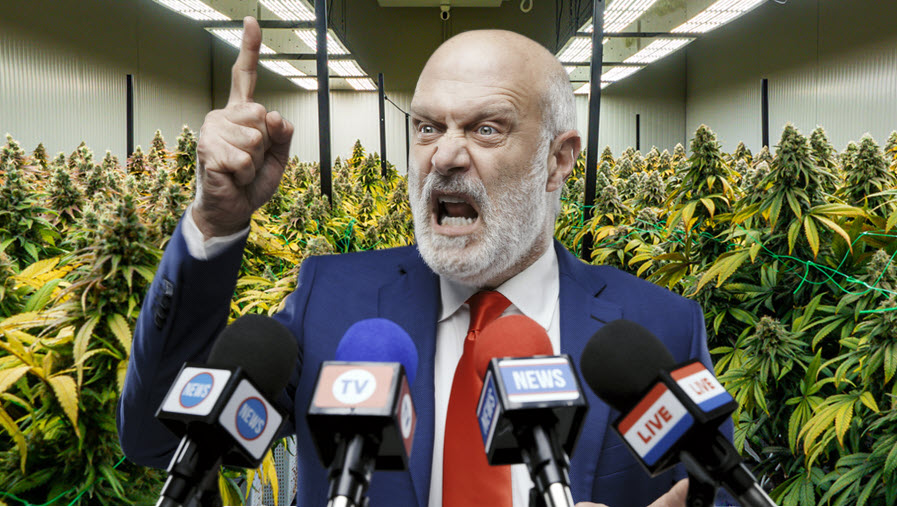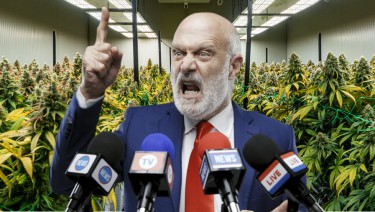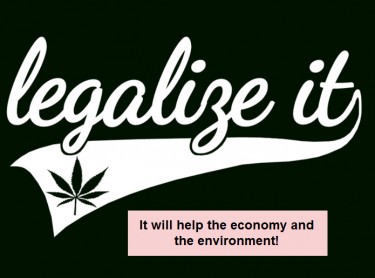
In recent years, CBD vaping has experienced significant growth in popularity. More and more people are turning to CBD vape products as a convenient and effective way to incorporate this cannabinoid into their daily routines. In this article, we will explore the growing trend of CBD vaping and discuss the reasons behind its increasing popularity.

What Is CBD Vaping?
CBD vaping involves inhaling vapor that contains cannabidiol (CBD), one of the non-psychoactive compounds found in the cannabis plant. Unlike THC, CBD does not produce psychoactive effects, making it appealing to those who want to experience the potential health benefits of cannabis without feeling “high.”
The Reasons Behind the Surge in CBD Vaping
- Potential Symptom Relief: Many people turn to CBD vaping for relief from various symptoms such as chronic pain, anxiety, insomnia, and inflammation. CBD has been reported to have analgesic, anxiolytic, and anti-inflammatory properties.
- Ease of Use: CBD vaping devices are user-friendly and convenient. Pre-filled cartridge vaporizers like the Kang Vapes collection allow users to enjoy CBD without hassle.
- Dosage Customization: CBD vaping products often allow for greater dosage customization. Users can choose from different CBD concentrations and try different products to suit their needs.
- Rapid Absorption: CBD vaping offers one of the fastest absorption rates compared to other forms of consumption, meaning potential effects can be felt quickly.
- Discretion: CBD vaping is discreet and does not produce a strong odor, making it suitable for use in public or situations where discretion is important.
- Variety of Flavors: CBD vaping offers a wide range of flavor options, from fruity to herbal, allowing users to enjoy a sensory experience while reaping the potential benefits of CBD. The diverse flavor profiles cater to different preferences, making vaping an enjoyable and flavorful experience.
- Convenience on the Go: CBD vape pens and devices are compact and portable, making them ideal for on-the-go use. Whether you’re traveling, at work, or simply out and about, you can easily carry and use a CBD vape device discreetly and conveniently.
- Social Acceptance: The growing acceptance of vaping in social settings has contributed to the popularity of CBD vaping. It’s common to see people vaping in social gatherings, which has reduced stigma and made it more socially acceptable.
- Customized Experiences: CBD vaping allows users to tailor their experiences based on their preferences. Whether you prefer a quick puff for mild relaxation or a more extended session for deeper relaxation, vaping offers flexibility in consumption.
- Potential for Smoking Cessation: Some individuals have turned to CBD vaping as an alternative to traditional smoking or as a smoking cessation aid. The act of inhaling vapor mimics the hand-to-mouth action of smoking, making it a transitional option for those looking to quit smoking.
- Information Accessibility: With the increasing availability of information online, people are more informed about the potential benefits of CBD and how it can address specific health and wellness concerns. This accessibility to information has encouraged more individuals to try CBD vaping.
- Positive User Experiences: Personal testimonials and success stories from CBD vaping users have played a significant role in its popularity. Many individuals have reported improved well-being, reduced stress, and better sleep after incorporating CBD vaping into their routines.
- Natural Alternative: CBD is derived from hemp, and many users appreciate that it offers a natural alternative to pharmaceuticals for managing various health issues. This aligns with the preference for natural and holistic wellness solutions.
- Reduced Side Effects: Compared to some prescription medications, CBD is associated with fewer side effects, making it an attractive choice for those seeking relief from conditions like chronic pain or anxiety without the adverse effects of pharmaceutical drugs.

Kang Vapes Collection: A Quality Option
The Kang Vapes collection is one of the standout options in the CBD vaping market. With a variety of flavors and concentrations, this collection offers users a satisfying and high-quality CBD vaping experience.
ZiipStock.Com: Your Trusted Destination for Vaping Products
If you’re interested in exploring CBD vaping and the Kang Vapes collection, ZiipStock.Com is your trusted online store. They offer a wide range of vaping products, including disposable devices and high-quality CBD cartridges. General Vape takes pride in providing authentic and safe products for a worry-free CBD vaping experience.









































